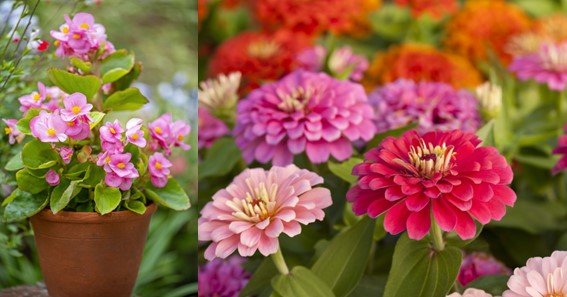Yes, flowers do have a lifespan, but how long they live varies greatly depending on the species and growing conditions. The lifespan of a flower can range from just a few days to several weeks or even months in the case of certain species. Factors such as whether the flower is cut or still attached to the plant, environmental conditions, and how well it’s cared for all play important roles in determining its longevity.
Factors Affecting Flower Lifespan
- Species and Type
The lifespan of a flower depends heavily on whether it is an annual, biennial, or perennial plant. Annual flowers like sunflowers complete their life cycle within a single year, while perennials like roses or tulips can bloom for years under the right care. - Environmental Conditions
Flowers thrive in specific temperature and humidity conditions. For instance, most flowers prefer a temperature range between 65-75°F (18-24°C). Excessive heat can cause wilting, while cooler temperatures can slow the aging process. - Cut Flowers
Once flowers are cut, their lifespan becomes even more limited. Cut flowers like roses typically last for about 7-14 days with proper care. However, techniques such as changing the water regularly, keeping them cool, and trimming the stems can extend their lifespan. - Hormonal Control
Hormones like ethylene also play a role in flower senescence (aging). Ethylene accelerates wilting and petal drop in many species, especially after pollination. Understanding how to manage these hormones can help prolong the life of flowers.
Why Does a Flower’s Lifespan Matter?
The lifespan of a flower is not only important for aesthetic reasons but also plays a role in pollination and plant reproduction. A longer-lasting bloom means a greater chance of being pollinated, which ensures the propagation of the species. Additionally, the longevity of cut flowers is a key consideration for florists and home gardeners.

Conclusion
While the lifespan of flowers varies, proper care and attention can significantly extend their longevity. Whether you’re growing flowers in the garden or enjoying a bouquet indoors, maintaining the right conditions can help you get the most out of your blooms.
FAQ
- Do flowers have a lifespan?
Yes, flowers have a lifespan that varies depending on their species and growing conditions. It can range from a few days to several years for perennial plants. - How long do cut flowers last?
Most cut flowers last between 7-14 days with proper care, such as regular water changes, trimming the stems, and keeping them in a cool environment. - What factors affect the lifespan of a flower?
The type of flower, temperature, humidity, light exposure, and hormonal changes all play a role in how long a flower lasts. - How can I extend the life of my flowers?
To extend a flower’s lifespan, keep it cool, change the water regularly, and trim the stems to ensure proper hydration. - Can flowers die of old age?
Yes, flowers undergo a natural aging process called senescence, which is influenced by environmental factors, care, and hormonal activity.










